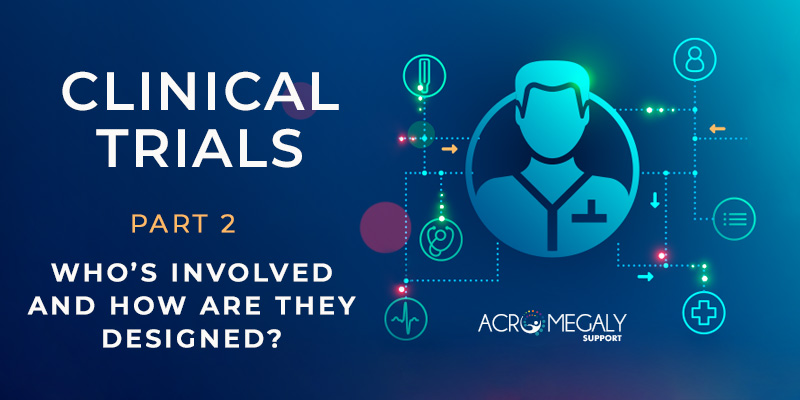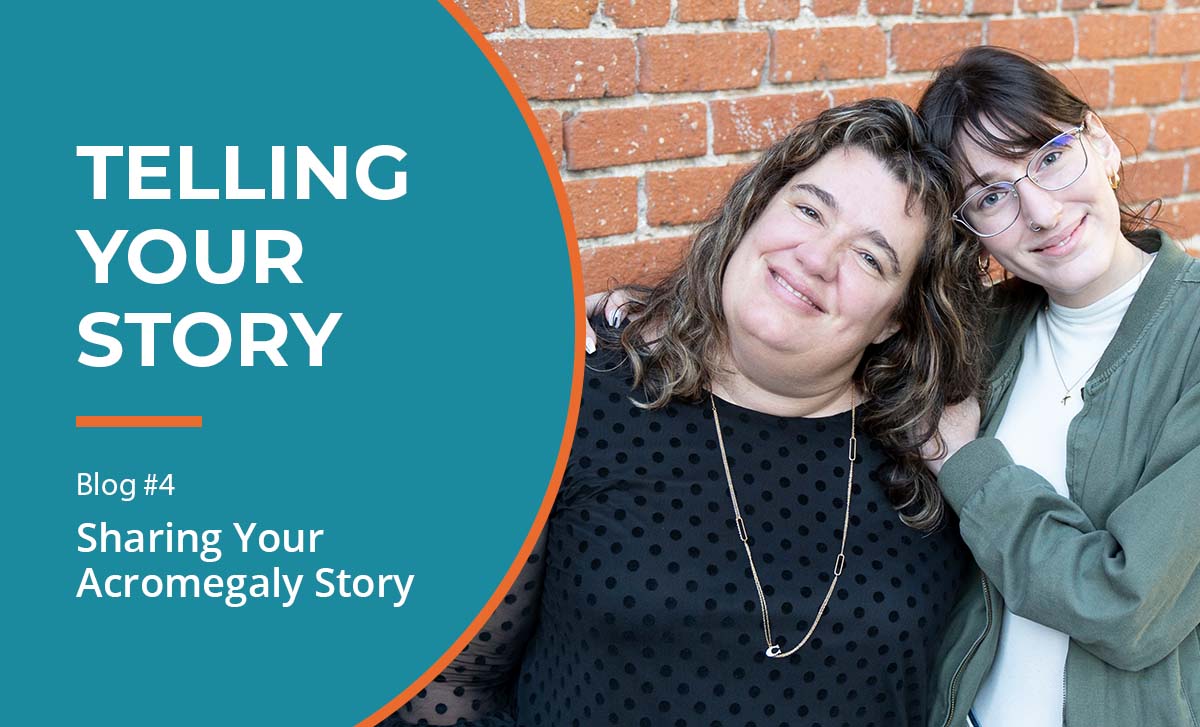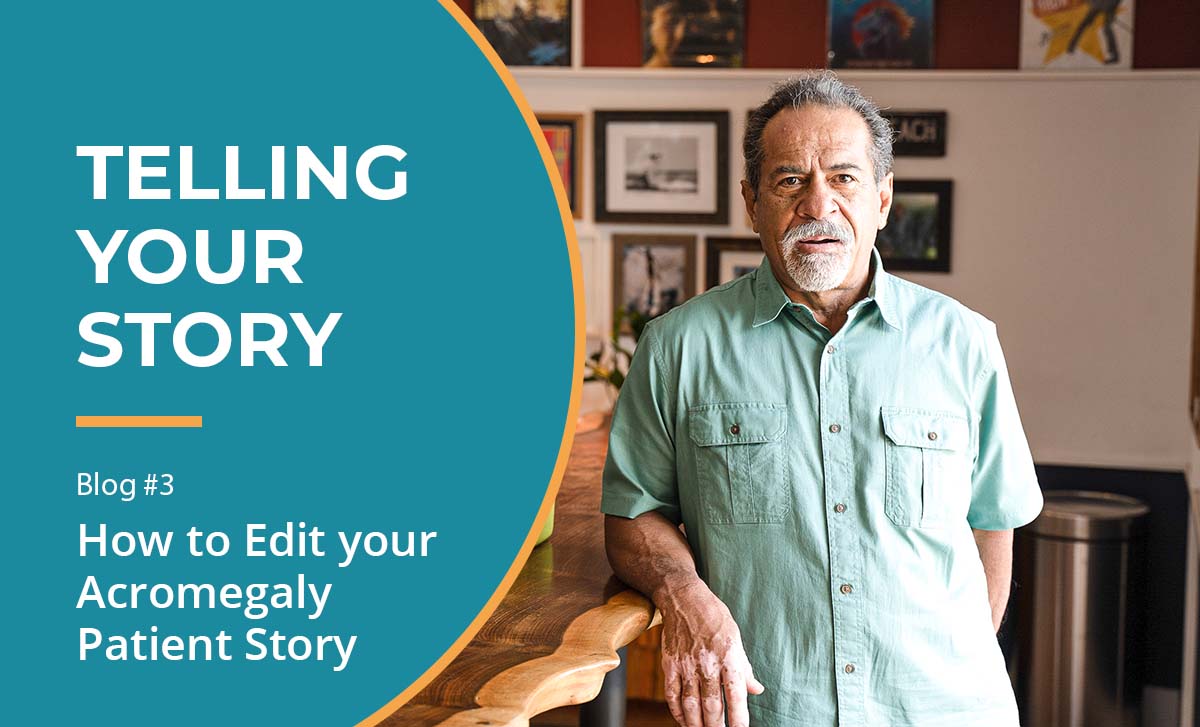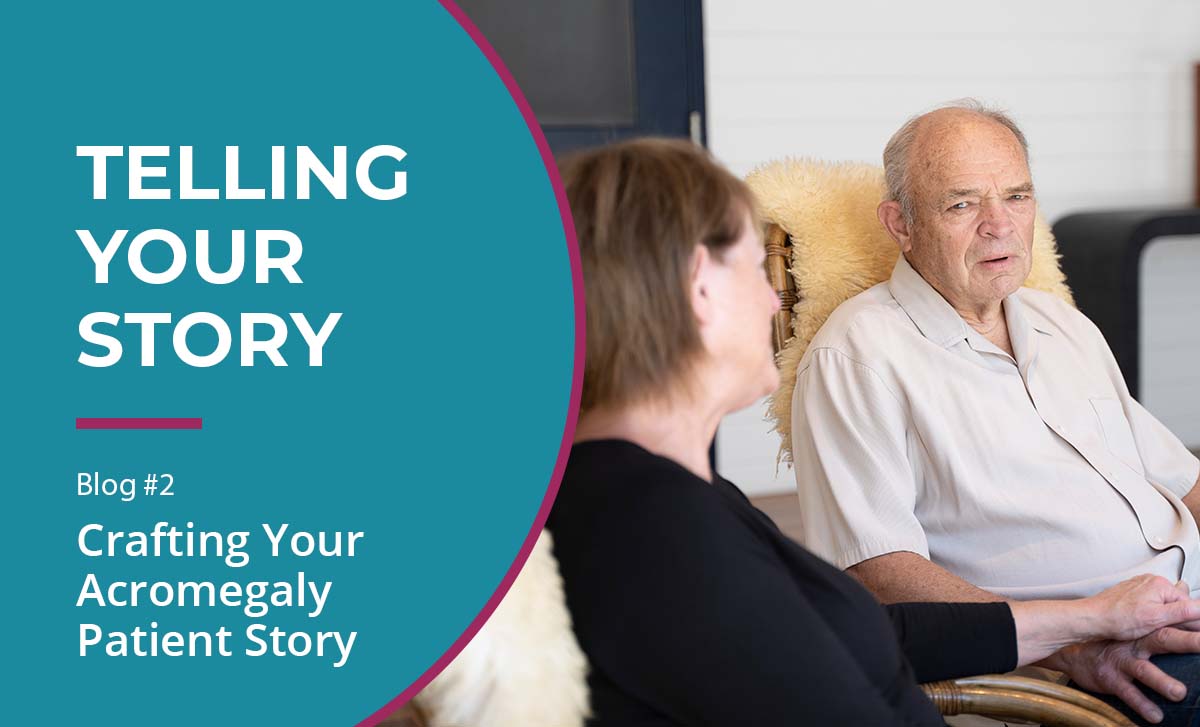
Clinical Trials Part 2, Who’s Involved and How Are They Designed?
This 4-part series explains what clinical trials are, how they’re run, what all the unfamiliar terminology means, and why people choose to participate in trials. We also include helpful resources to learn more.
In Part 1, Types of Clinical Trials, we covered the different types of clinical research trials. In this installment, we’ll take a look at the terms used to describe all of these studies. Let’s start with the people who are involved and the roles they play.
What’s a Clinical Trial Protocol?
Every trial has a protocol – specific guidelines and procedures that detail what happens during the trial, when, and why. This helps ensure the results are reliable and helps reduce the risk to participants. Not every person with the disease or condition being studied will qualify for the trial. Wherever the clinical trial is conducted, the same protocol is strictly followed and includes things like:
- Number of participants
- Length of the study
- Eligibility criteria (i.e., inclusion and exclusion criteria such as sex, age, type and stage of disease, current and/or previous treatment history, and the presence of other medical conditions. Not every person with the disease or condition being studied will qualify for the trial.)
- Testing requirements
- What data is to be collected
These terms describe different ways trials can be designed and conducted.
In the next installment, we’ll talk about the different phases of a clinical trial, what they’re designed to do, and what happens as the drug advances through the phases.
Clinical Trial Resources
If you’re thinking about participating in a clinical trial, PATHFNDR is now enrolling patients to evaluate the safety and efficacy of paltusotine, an investigational drug for the treatment of acromegaly.
CLICK HERE to learn more about the study and the eligibility requirements.
![]()
- This database of privately and publicly funded clinical studies conducted around the world is one of the best resources available. You can search by disease, country, and other key filters to find a trial that may be right for you. The site includes a good list of questions to ask when considering participating in a clinical trial. See them here.
Deciding to participate in clinical trials
- Animation and easy-to-understand language make this video from the Office for Human Research Protections (OHRP) a must-see for any potential trial participant.
- Another OHRP video addresses randomization. Watch it here.
A participant’s first-hand account
- Watch Juliana’s story about her experience participating in a trial for sickle cell anemia
References
National Institutes of Health (2015, August 20) Clinical Trials [https://www.nih.gov/research-training/clinical-trials]. Retrieved May 2020.
U.S. Food and Drug Administration (2018, January 04) Step 3: Clinical Research [https://www.fda.gov/patients/drug-development-process/step-3-clinical-research]. Retrieved May 2020.
ClinicalTrials.gov (2019, March) Learn About Clinical Studies [https://clinicaltrials.gov/ct2/about-studies/learn]. Retrieved May 2020.
National Health Service (2019, May 08) Clinical trials [https://www.nhs.uk/conditions/clinical-trials/]. Retrieved May 2020.
UptoDate. Patient education: What are clinical trials? (The Basics). Topic 16168 Version 11.0



